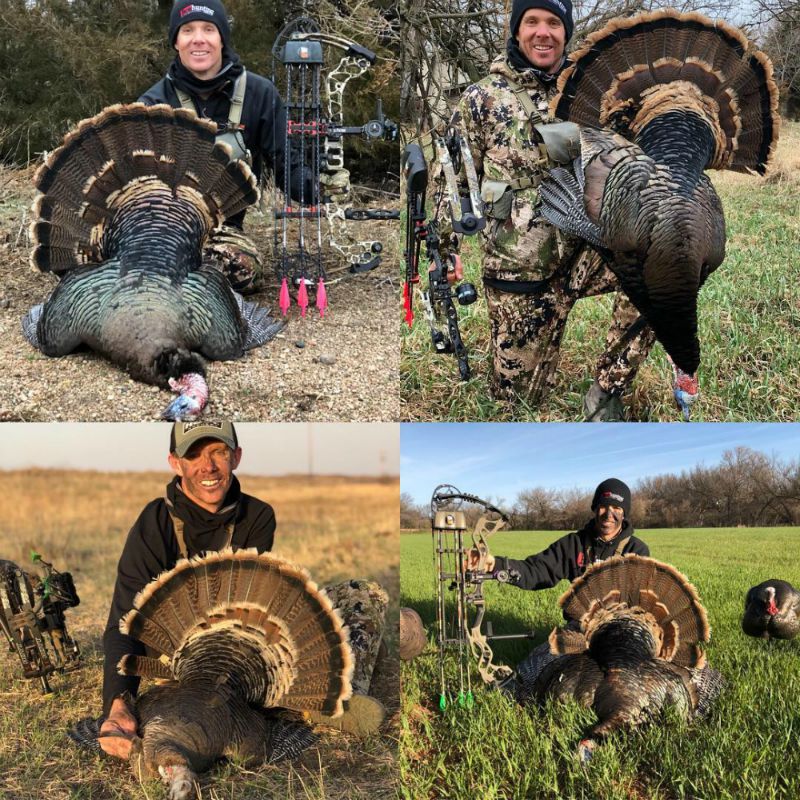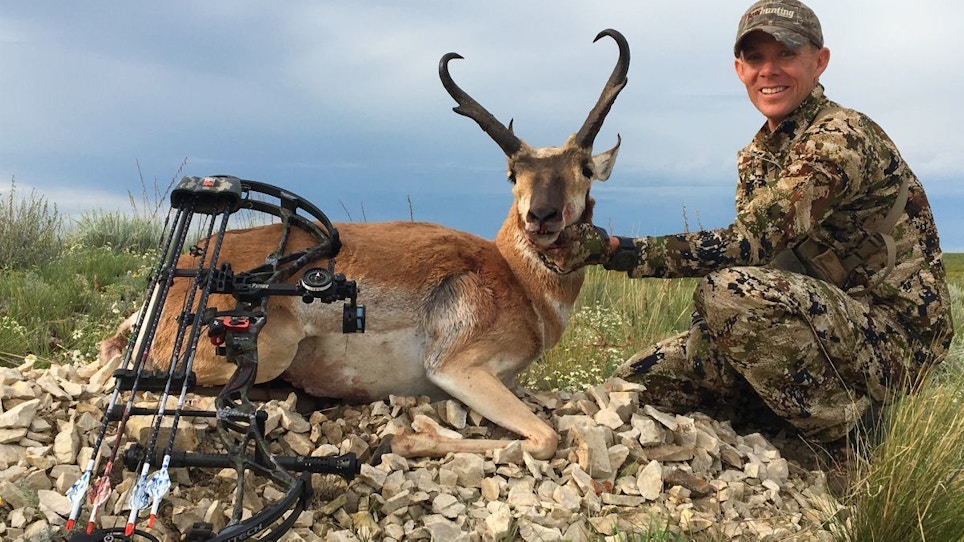I’ve always looked up to my father. He is hardworking, loving and most of all, brutally honest. A standout athlete in high school, Dad went on to play college basketball and later became a high school coach. When it came to performance, it was pretty black and white. You had a great game, an average game or a poor game. Don’t get me wrong — he was always proud of me, but he didn’t hesitate to tell me exactly what he thought of my performance. Unless I had a great game, I wasn’t exactly eager to hear his thoughts. I wanted to be able to make an excuse and have him go along with it. Today, I’m so thankful Dad didn’t operate that way. He taught me the benefits of a reality check.
In December 2017, I finished off what was a very poor fall season. Not poor in terms of the wonderful places I hunted or the great friends I shared hunting camps with, but poor in terms of my in-the-field performance and decision-making.
From Feast to Famine
Things started off great. I harvested a beautiful Colorado DIY pronghorn on August 20 (top photo), but then things went downhill . . . rapidly. Next on the docket was a public-land Colorado elk hunt with a good buddy. We planned to bowhunt the first eight days of the season over waterholes and wallows. I’d slipped into the area in July to hang trail cameras and stands. But it poured rain in the weeks leading up to our season, and there was far more hunt pressure than we expected. We should have moved, but we opted to stay. No tags punched.
Next on the agenda was a late-September South Dakota public-land bowhunt for white-tailed deer. The plan was to sit waterholes that are typically hammered by early season bucks, but over the course of our four-day hunt it rained 6 inches. We switched our focus to field edges and in-the-woods staging areas. My first evening on a standing bean field started off amazingly well — kind of. I’d no sooner climbed into my treestand when a buck snuck up from behind me. I wasn’t ready. By the time I could get to my bow, the buck had slipped away. Rookie mistake.
Later that evening I snort-wheezed a buck 200 yards across the beans in the pouring rain. The hit looked good, but by the time we could get on the blood it was washed away. The next day we confirmed the coyotes in the area had eaten well. I never should’ve taken a shot at that animal in those conditions.
It took me a while to shake off the South Dakota mistake, but I did manage to put it somewhat behind me and knocked down a couple of does and a small Oklahoma buck in October. I was back on track. Or so I thought.
Adding Insult to Injury
During November, I had an encounter with the buck of my dreams on the first evening of a DIY Nebraska hunt. I didn’t do anything wrong. The wise warrior just did what wise warriors do — he looked in the direction of the grunt and then circled to get the wind in his face. I hunted that deer hard, making all-day sits for the next six days. During that timeframe I passed seven other bucks, ones I would normally shoot, but I’d set a goal and I wanted to reach it.
It was the last morning of my hunt, and I had to be out of the treestand by 9 a.m. and then pack for Kansas. At 8:45 a.m. I started gathering my things and mentally checked out. That’s when my buck stepped into a small meadow at 50 yards. I couldn’t believe it. He started to skirt my position, and I grunted him to a stop at 47 yards. I held for center mass and let it fly. The buck ducked my arrow. I knew better. At that distance and with the buck on alert, I should have held on the heart or just under the heart.
I could go on, but it’s too painful. I only write this for one reason: I don’t want to make excuses. Too many outdoor television shows and hunting articles showcase only those perfect outcomes. It’s just not reality. Bowhunting is hard. Don’t be afraid to evaluate yourself, your season and your future hunt plans. The harder you are on yourself, the better your ability to make next season a better one.
FYI: The author’s spring 2018 turkey season has been quite good (right). He’s encountered some challenging weather and health issues, but along the way he’s managed to tag birds in Nebraska, Texas and Oklahoma. Click here to see his first turkey hunt of the spring. Teaser: He encounters more birds in one sitting than you can count on all your fingers and toes.






